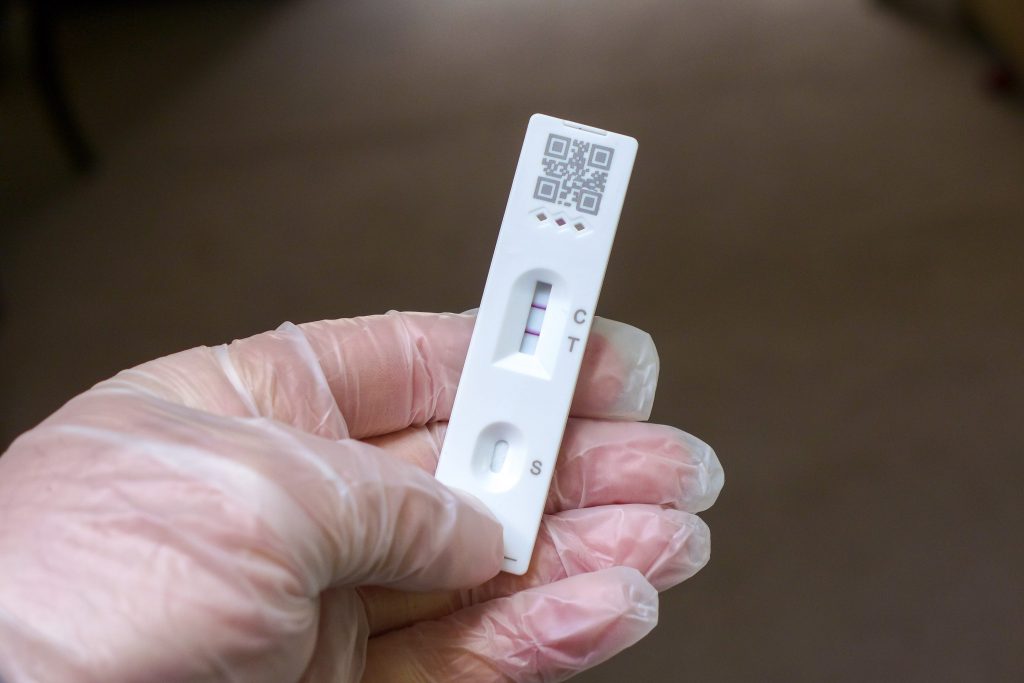- The Omicron BA.5 variant is the dominant COVID-19 strain in the US, the CDC reports.
- Its symptoms are similar to past Omicron subvariants: sore throat, sneezing, and runny noses.
- Experts say infections by the BA.5 variant may be less severe than early COVID cases.
Omicron BA.5 has become the dominant COVID-19 strain in the US, according to the Centers for Disease Control and Prevention.
But while this variant is fast-spreading, it appears to be less severe than early versions of the virus and its symptoms remain similar to other Omicron subvariants, experts say.
Symptoms of Omicron infections are typically cold-like, including sore throat, sneezing, and runny noses. Symptoms like fever, chills, and cough are still seen sometimes in Omicron cases, but not as frequently as in earlier variants of the virus.
Like past variants in the Omicron lineage, BA.5 seems to primarily affect the upper respiratory tract, according to experts at Colorado University. Symptoms like sore throat and nasal congestion indicate that the virus has infiltrated the nose and airways, but Omicron is less likely to affect the lungs compared with past variants, infectious disease experts Thomas Campbell, MD, and Steven Johnson, MD, explained in a news release.
Loss of smell, which was a signature and common symptom in early COVID-19 cases, is rarely seen with the Omicron subvariants — possibly because it indicates the virus has affected the nervous system.
BA.5 looks similar to past Omicron subvariants
The BA.5 subvariant currently accounts for about 53% of COVID infections in the country, according to the CDC. It's well on its way to becoming the dominant variant in the US, David Dowdy, MD, an epidemiologist at the Johns Hopkins Bloomberg School of Public Health, told Insider.
As symptoms remain similar to recent Omicron subvariants, severity seems to be decreasing with BA.5, Dowdy said. Getting infected with COVID-19 or exposed to the virus via vaccine teaches the immune system to respond to the threat without overwhelming the body.
"Just as the virus is is adapting, so too are our bodies," Dowdy said. "It's not like with every variant things are getting worse. If anything, our bodies are getting smarter and and we're seeing fewer and fewer serious infections."
But even if the virus doesn't cause severe illness in most people, the Centers for Disease Control and Prevention said there is still a risk that hospitals may become overwhelmed due to the transmissibility of the strain.
"This is still a virus that's killing hundreds of people in the US a day, and that's hundreds of people who don't need to be dying," Dowdy said. "At the same time, the average case is getting milder over time."
